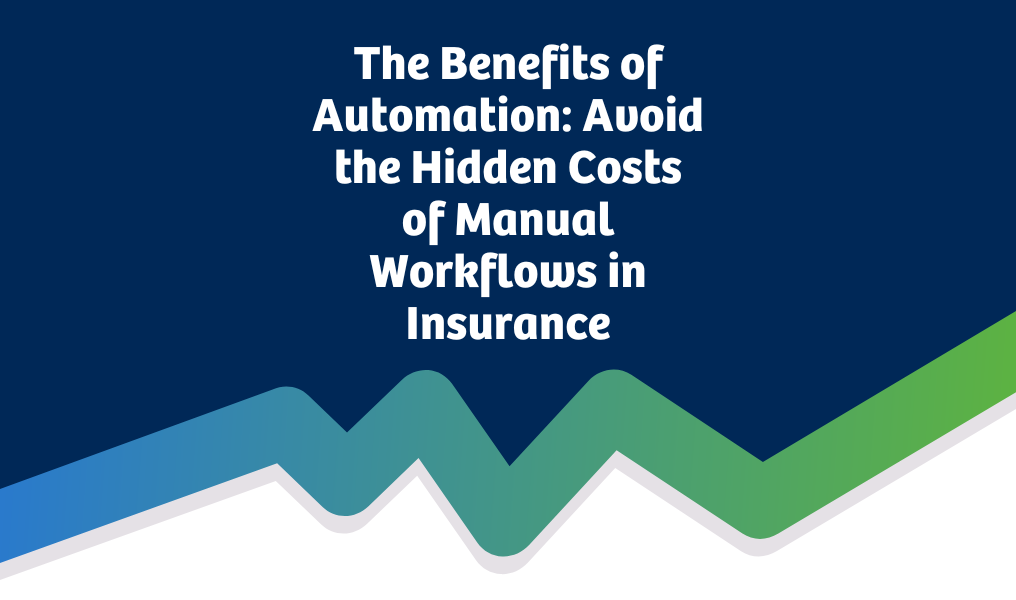Technology may make our lives easier and more convenient, but it also opens the door to new threats and digital dangers. Every year, the frequency of cyber-attacks continues to rise while also becoming more sophisticated. This leaves organizations vulnerable to a wide range of threats, from data breaches to ransomware attacks.
To offset the increasing damage caused by cyber-attacks, cyber insurance has become a vital tool in the arsenal of many organizations. But cyber insurance is mostly reactive and responds to threats after they occur. With more actionable data, cyber insurance could become proactive and form a bulwark to help organizations prevent cyber-attacks from happening.
The Current State of Cyber Insurance
The financial fallout of cyber-attacks can be crippling, and cyber insurance is designed to protect organizations from the costs associated with data breaches, business interruptions and legal liabilities. With cybercrime continuing to increase in frequency and cost year over year, it’s an ongoing concern that organizations need to be prepared for. Despite the urgency, cyber insurance often operates more reactively than proactively.
One reason for this is inadequate risk assessment. Underwriters often struggle to accurately assess risks associated with a particular policyholder, and this can lead to costly policies or policies that are insufficient to cover potential losses. This also leads to a lack of standardization and varying policy terms across providers.
Another ongoing issue which makes cyber insurance complicated is the rapid evolution of the threat landscape. Leaps forward in technology make it challenging for insurers to keep up with emerging risks and vulnerabilities but can also offer greater defensive capabilities.
Why is More Data Needed?
More data makes it possible for insurers to develop predictive models to get ahead of potential cyber-attacks and vulnerabilities. Models can help policyholders take proactive measures to reduce their risk while also allowing insurers to assess the risk more accurately.
Analyzing more data makes it possible to identify patterns. For example, is there a specific time of year when a threat actor is more active? Which specific threat actors or type of cyber-attack costs the most money? With more information at their fingertips, insurers and their clients can better prioritize threats and the associated risk.
Identifying those patterns makes it easier to implement defensive strategies so organizations can improve their resilience. This leads to better loss prevention and positions insurers so they can offer additional services such as threat intelligence sharing or cybersecurity consulting.
The Challenges of Collecting and Utilizing Data
It’s easy to say more data is needed, but collecting and utilizing that data effectively is an entirely different thing. There are several issues that come up, and the most pressing concern is privacy. Cyber-attacks often involve sensitive information about individuals or organizations, and this raises concerns about data privacy.
In addition to privacy concerns, data on cyber-attacks is not standardized and may be scattered, making it difficult to gather and interpret effectively. Standardization is difficult because of the fluid nature of the cyber industry. Rapid changes make it difficult to put standardization measures in place. Critical data may not be accurate or complete due to this, but without comprehensive access to this data, risk assessment and predictive modeling is challenging.
Getting comprehensive access to that data, however, could lead to legal or regulatory issues. This presents another barrier for insurers looking to become more proactive to cyber threats. Organizations themselves may also be hesitant to share their data due to regulatory requirements or even reputational concerns.
This is why gathering the amount of data necessary to get ahead of threat actors and build a defense before they can strike is not a job for a single entity. It requires collaboration between insurers, businesses, cybersecurity experts, and policymakers to establish protocols and standards.
Key Factors for Success: Collaboration and Innovation
Making cyber insurance more predictive will require collaboration and innovation. Any single entity or sector will not be able to achieve this alone. Insurers, businesses, governments, and technology providers will need to work together to effectively counter and prevent cyber incidents proactively.
To make this possible, data sharing agreements and regulatory frameworks are essential to create standardization and encourage organizations to share information on cyber incidents. Additionally, policymakers can incentivize data sharing and the adoption of evolving cybersecurity measures.
Technology will continue to advance, and threat actors will continue to evolve their tactics. Organizations need to evolve and innovate their strategies to stay on top of cyber threats. This means adopting advanced cybersecurity technologies to collect relevant data for risk assessment and loss prevention. It also means investing in training and education to keep individuals and organizations up to date with these rapid changes to technology.
As company values are increasingly driven by intangible assets like data, cyber insurance premiums have the potential to surpass property premiums. The future of cyber insurance lies in its ability to become a proactive risk management tool rather than only a reactive safety net.
To become more proactive, the industry must address the challenges of data collection and utilization, embrace new technologies, and build collaboration amongst stakeholders. Doing so will create a cyber insurance landscape that both protects against cyber-attacks and helps organizations build effective defenses against current and emerging threats. Innovation, cooperation, and commitment are the keys to moving forward.
Take the first step in leveraging data and making actionable decisions. View Zywave’s on-demand webinar, Leveraging Intelligence to Assess the Cyber Thread Landscape.
















